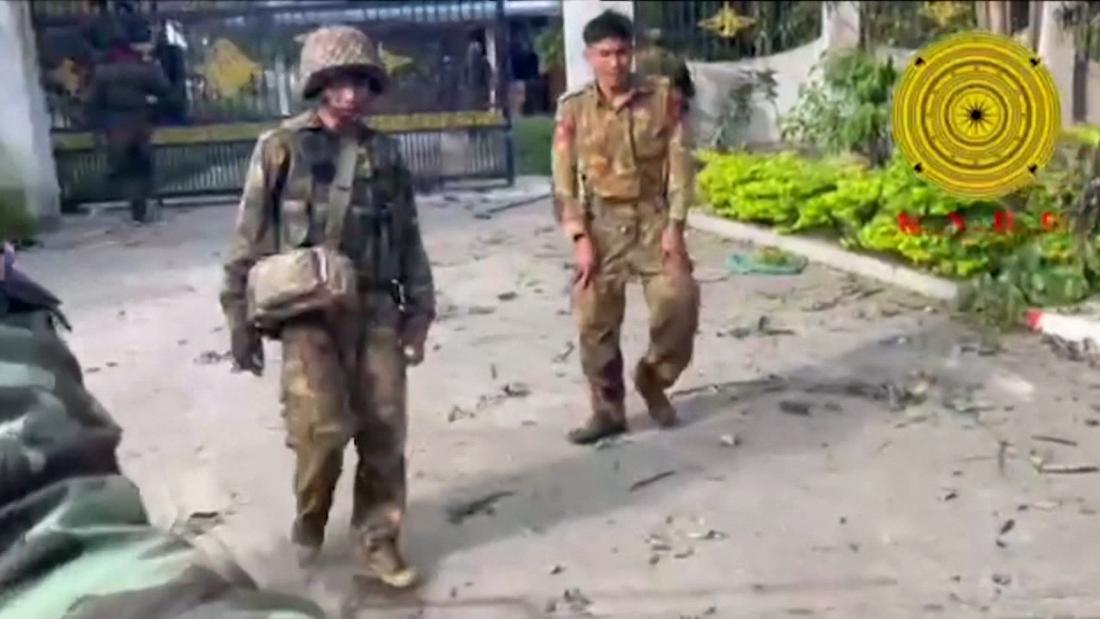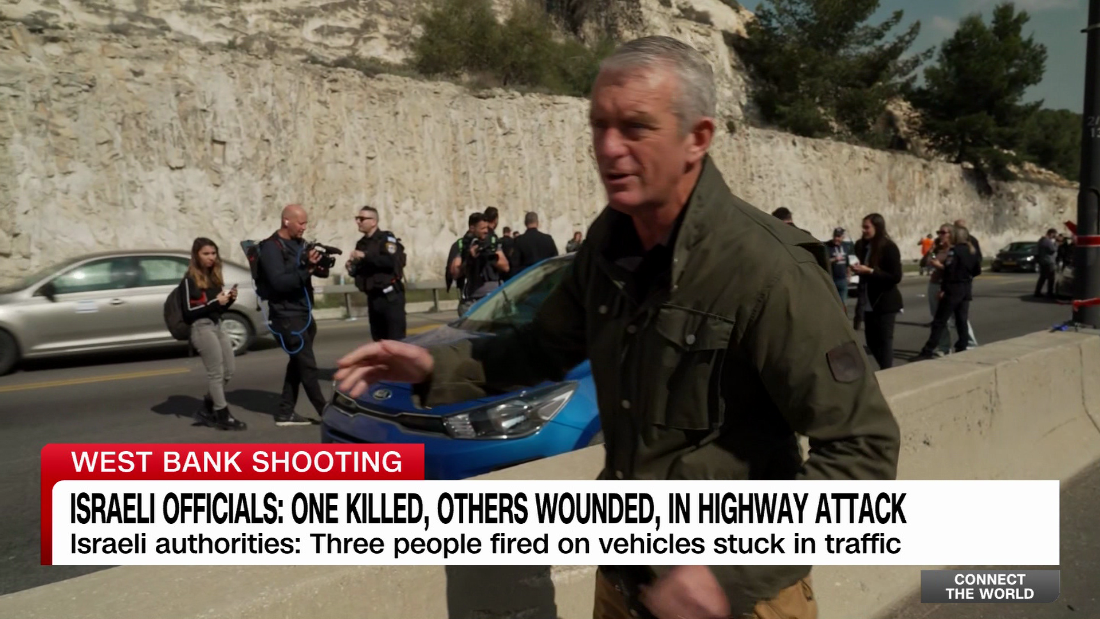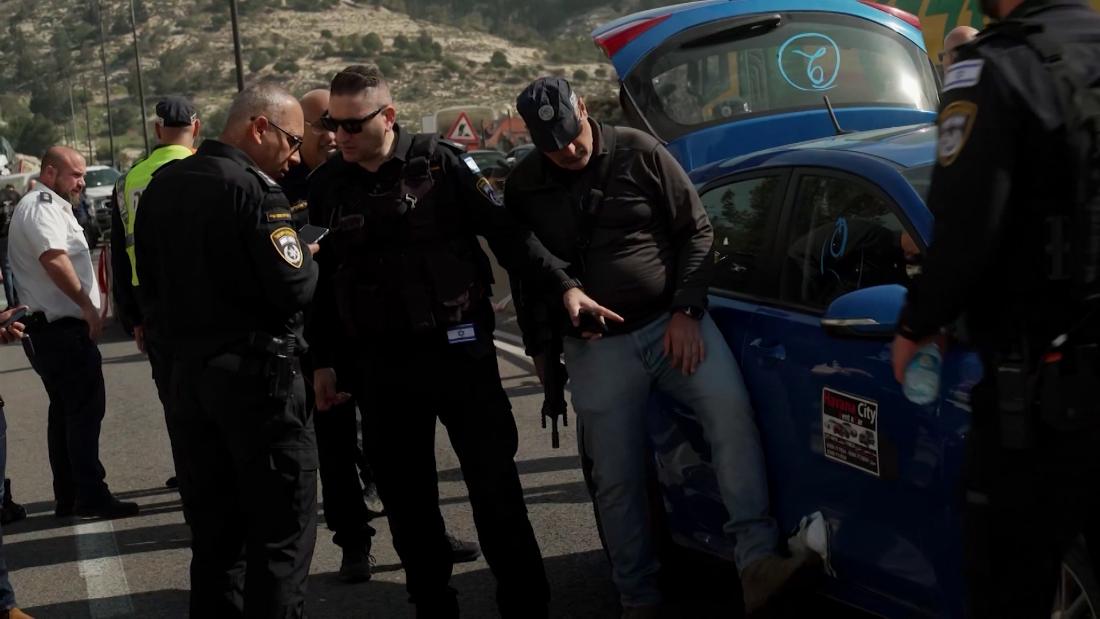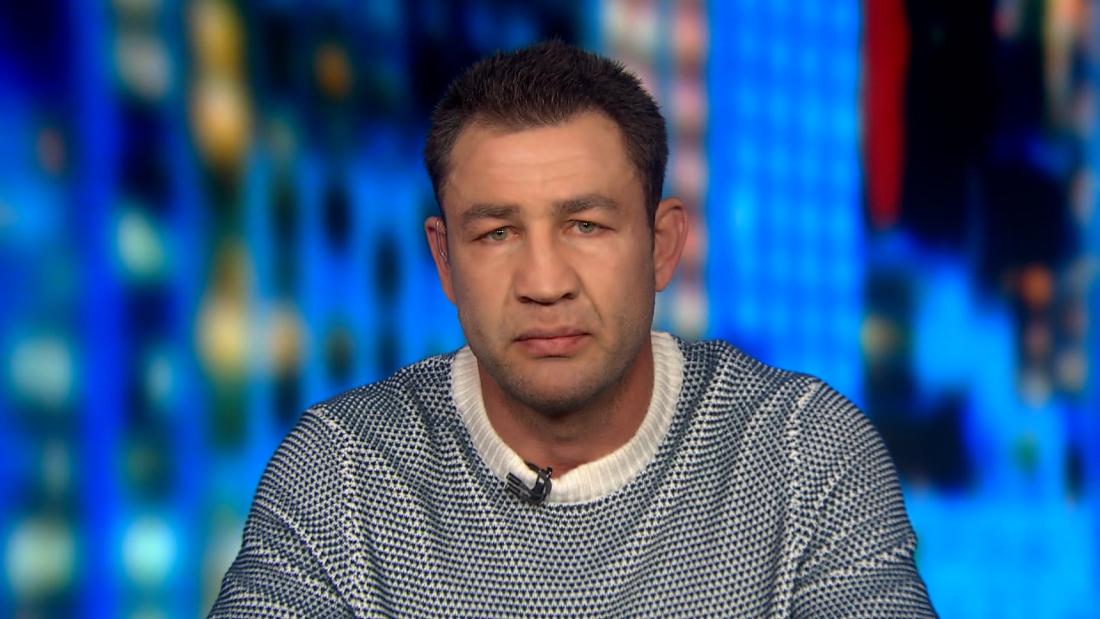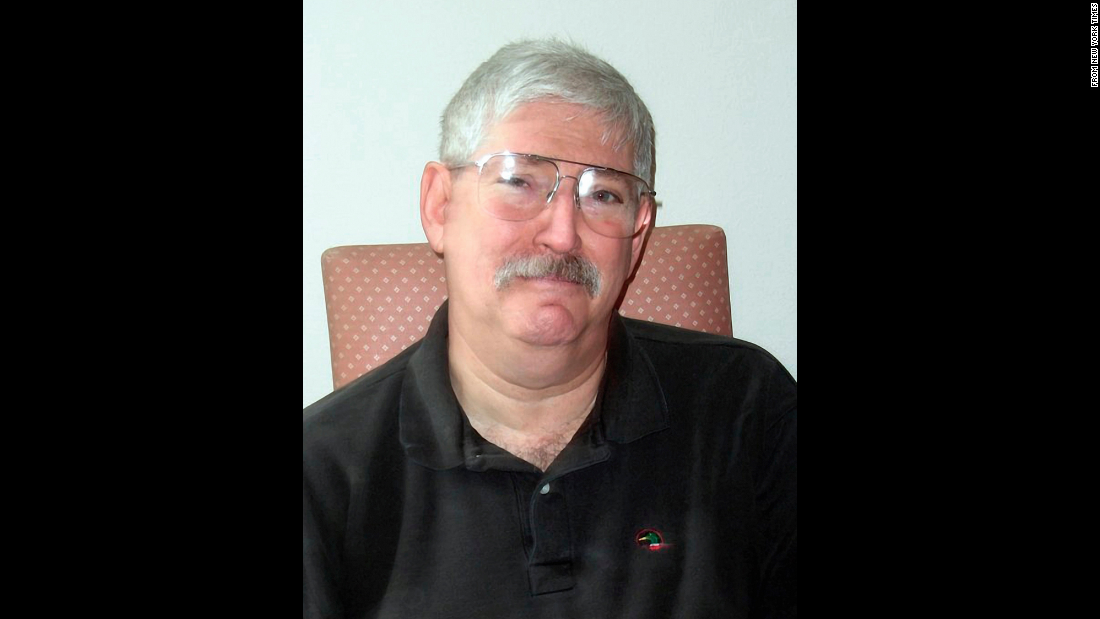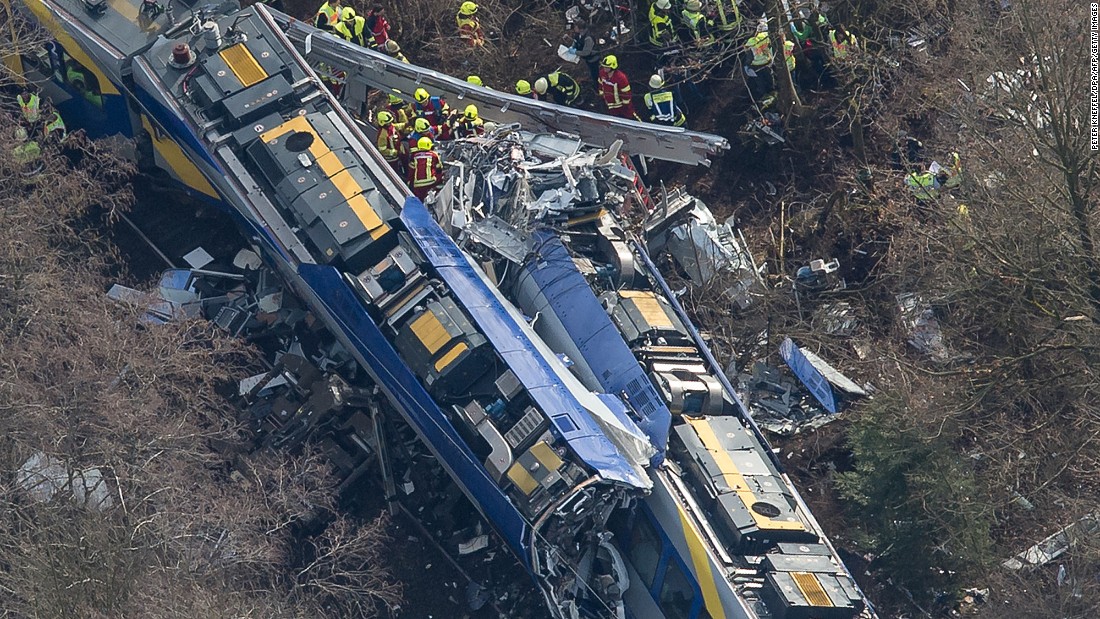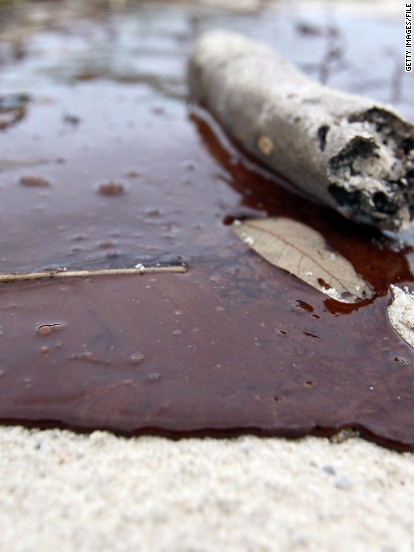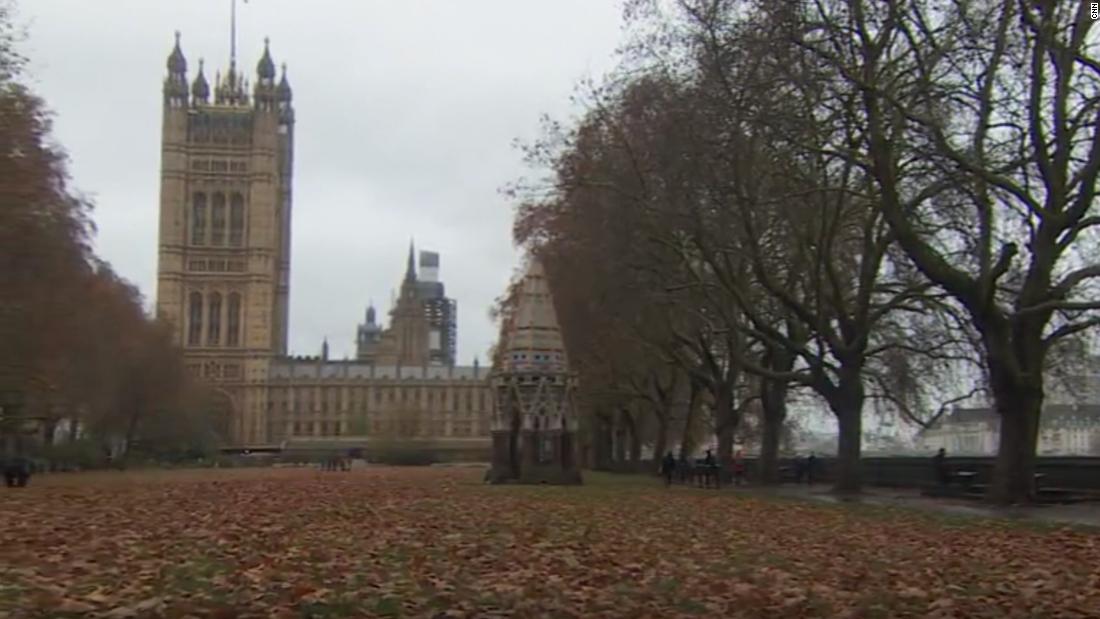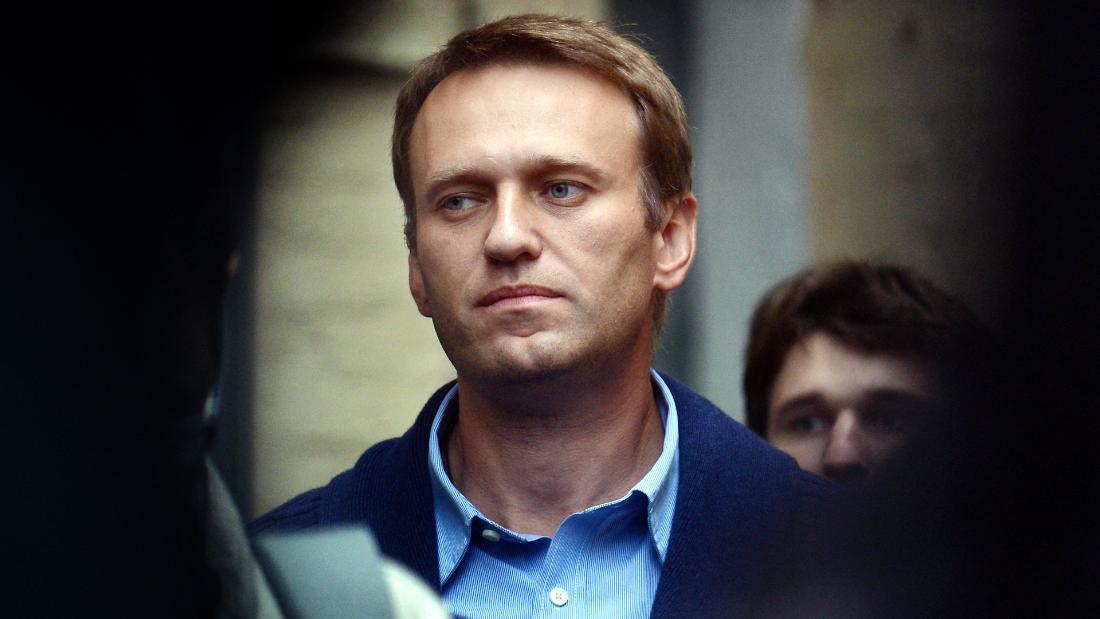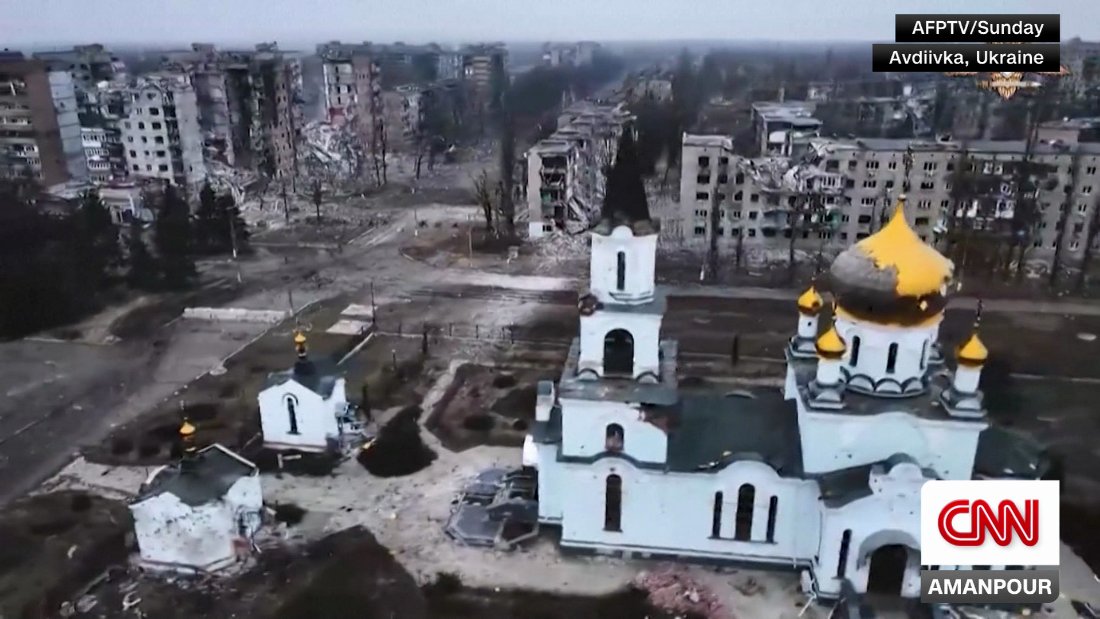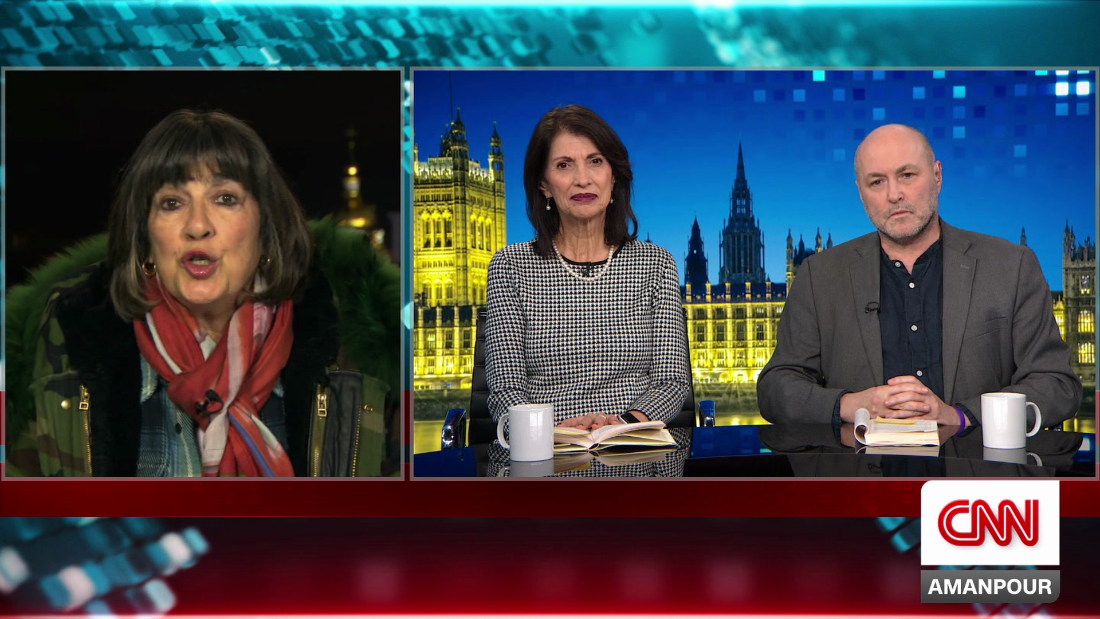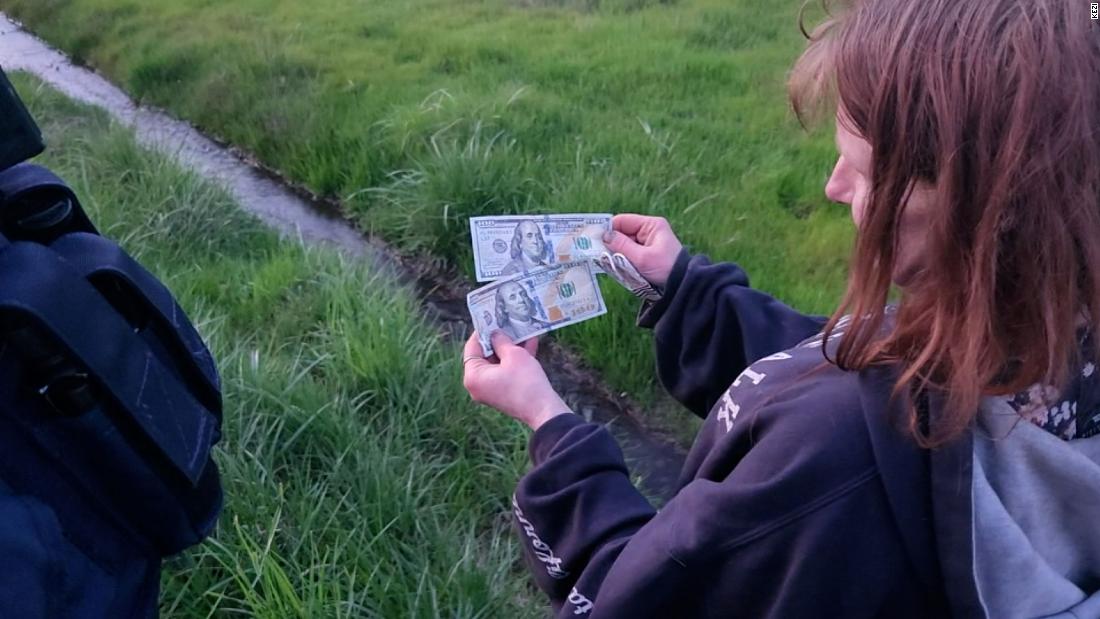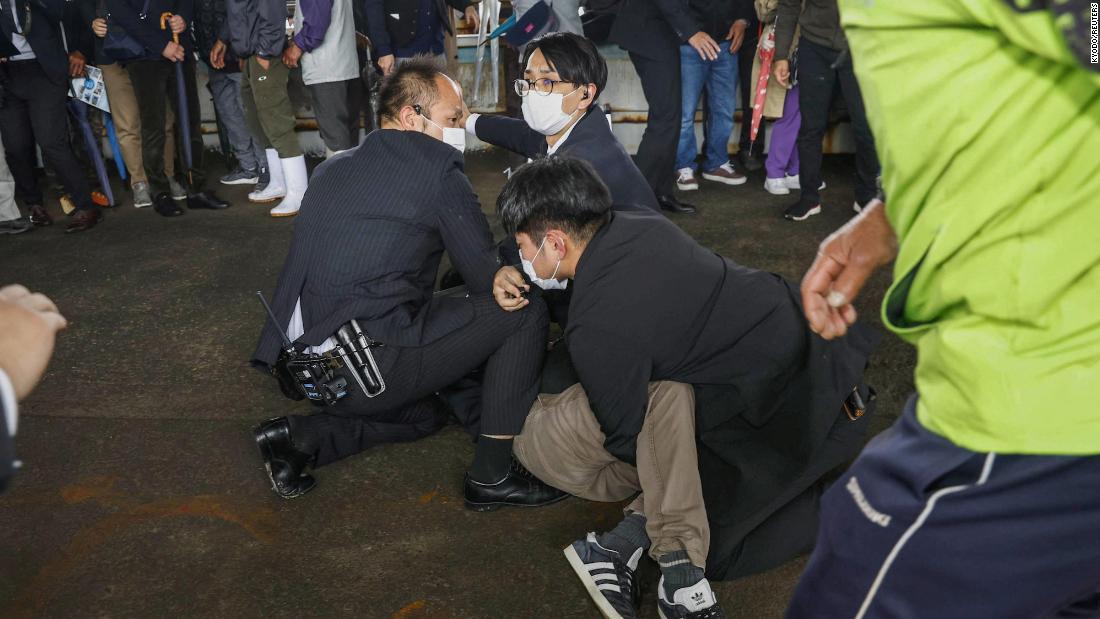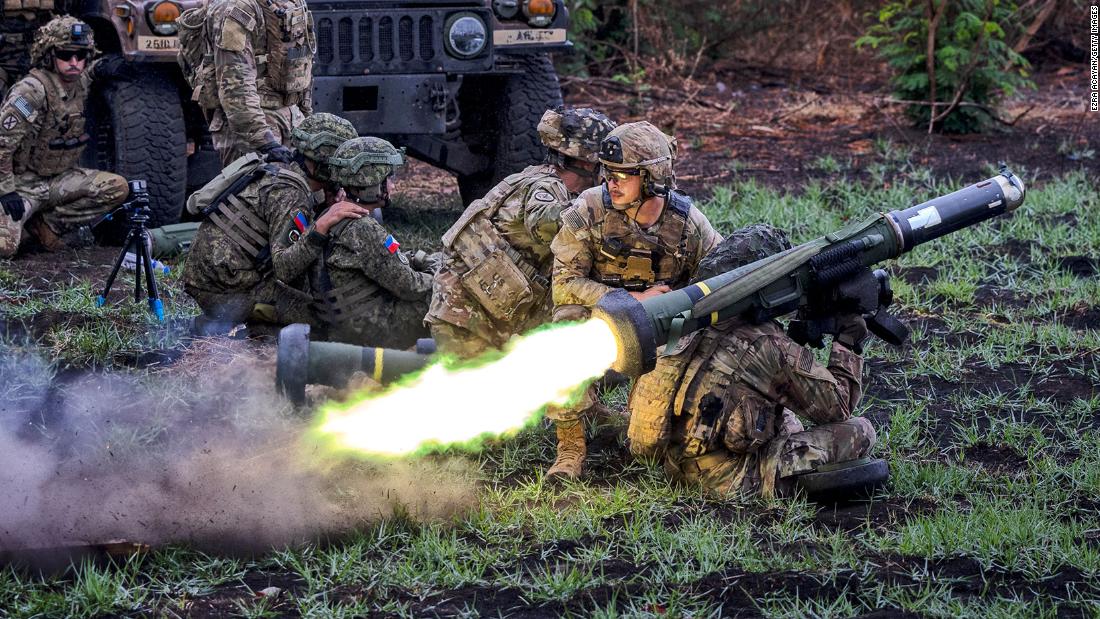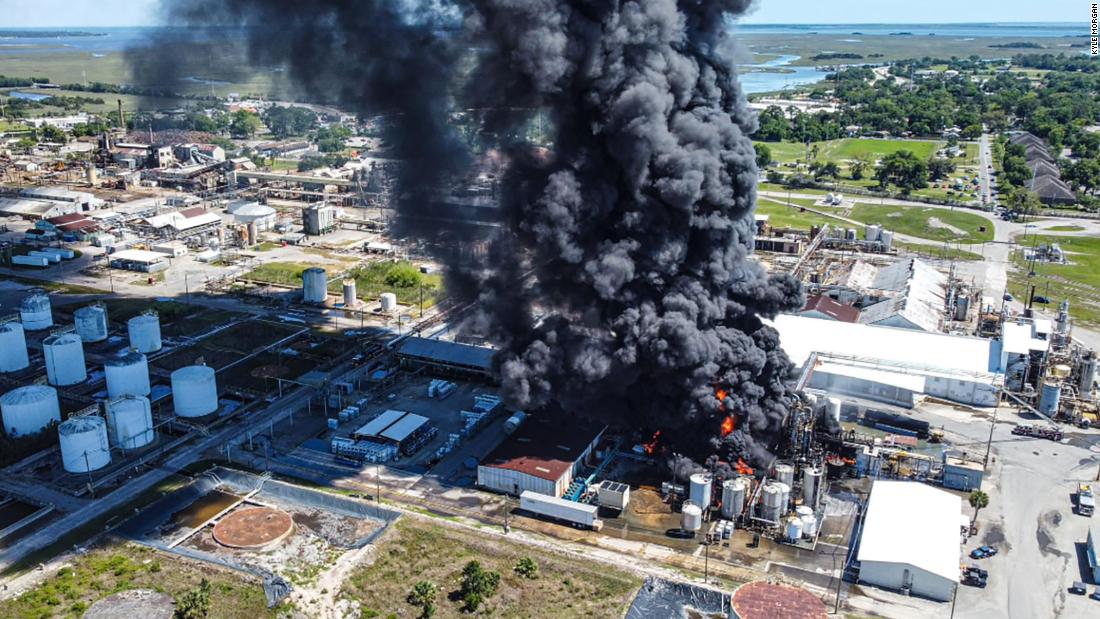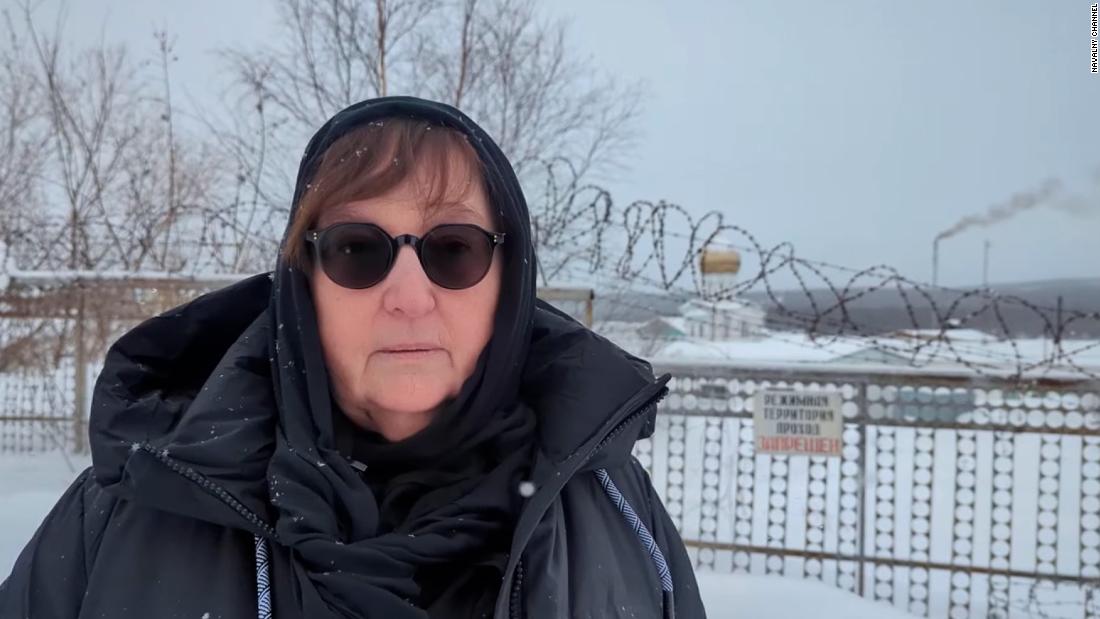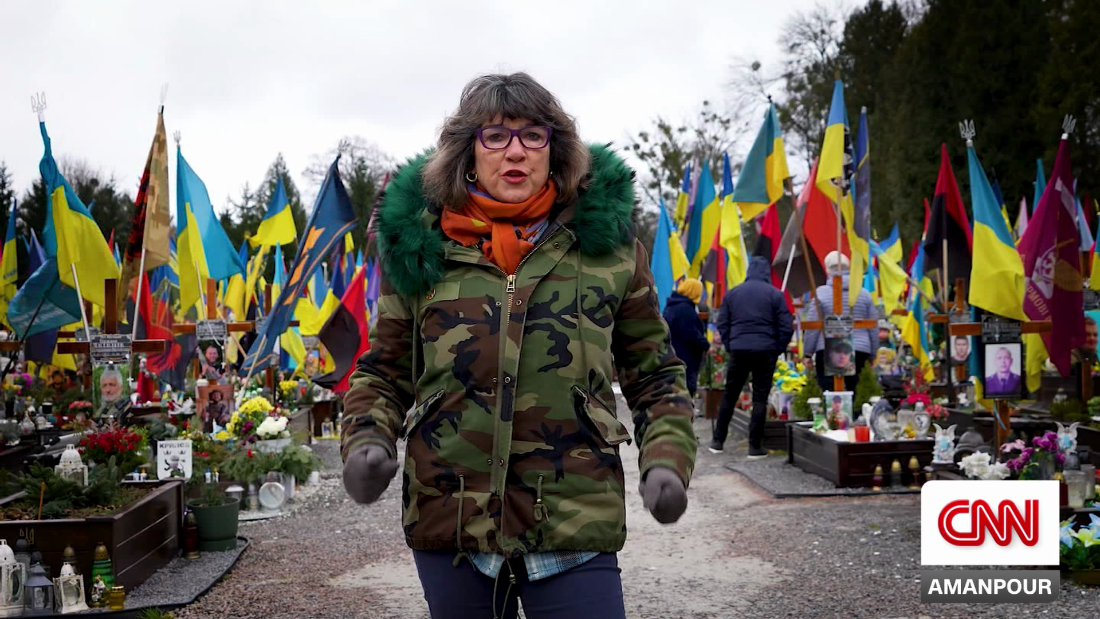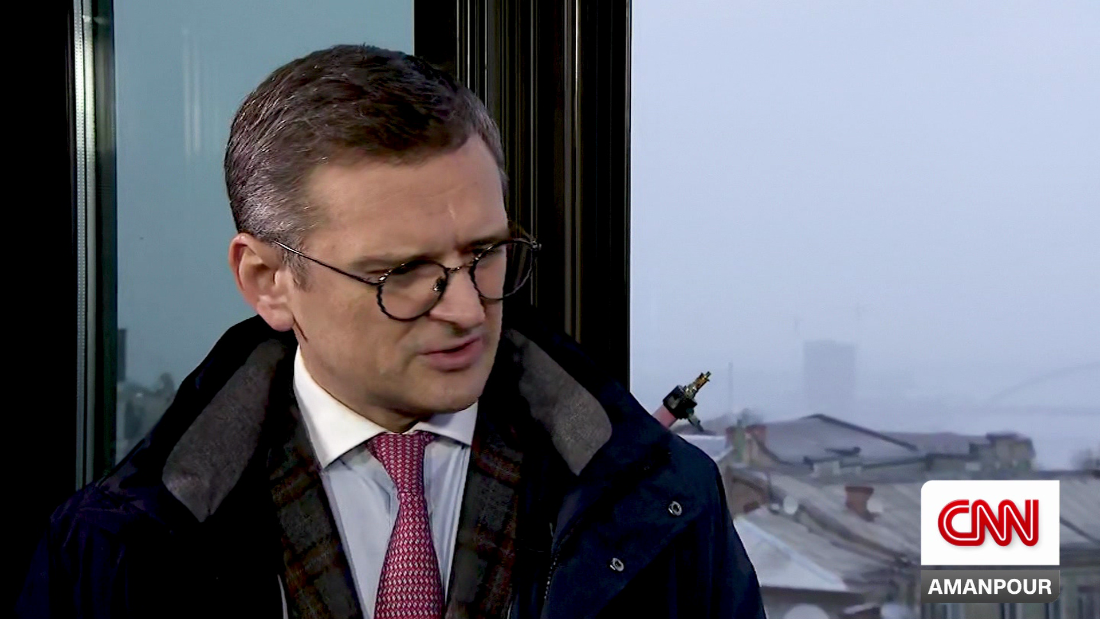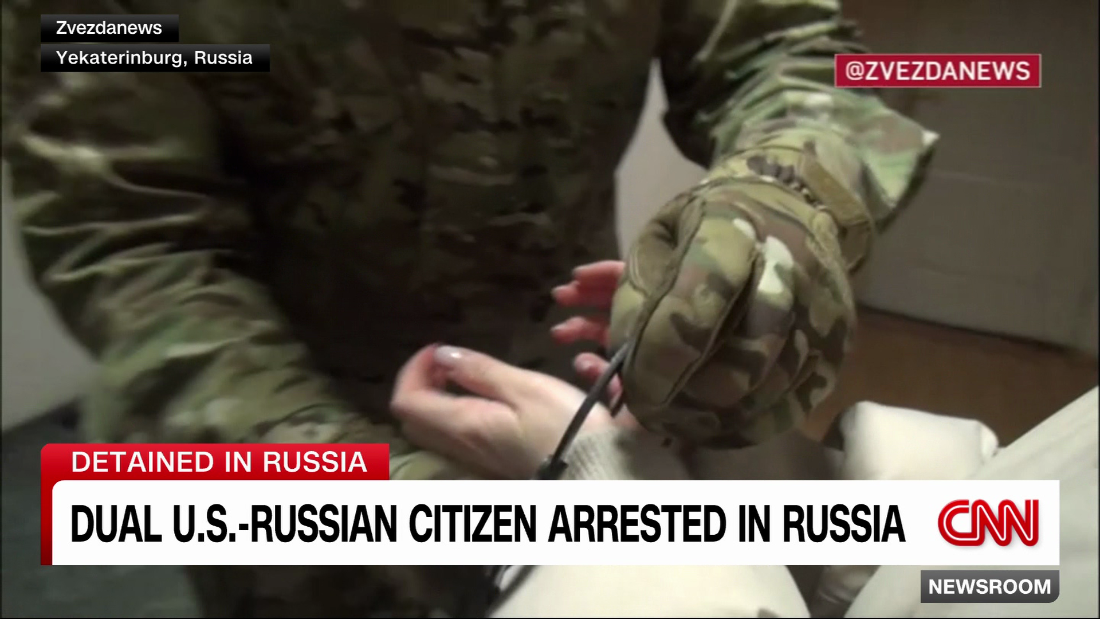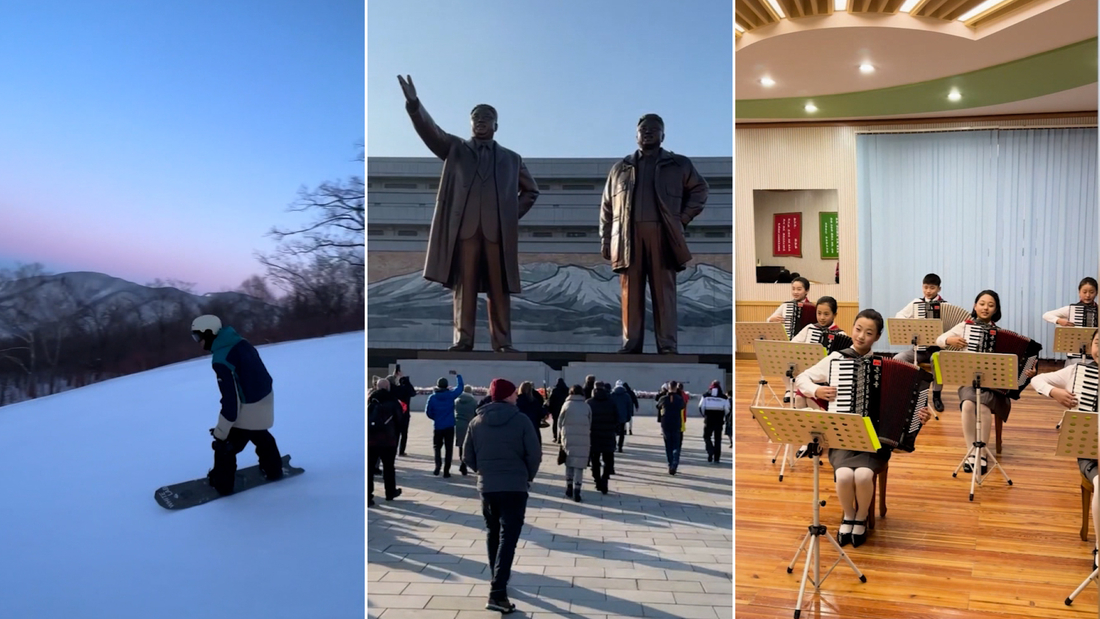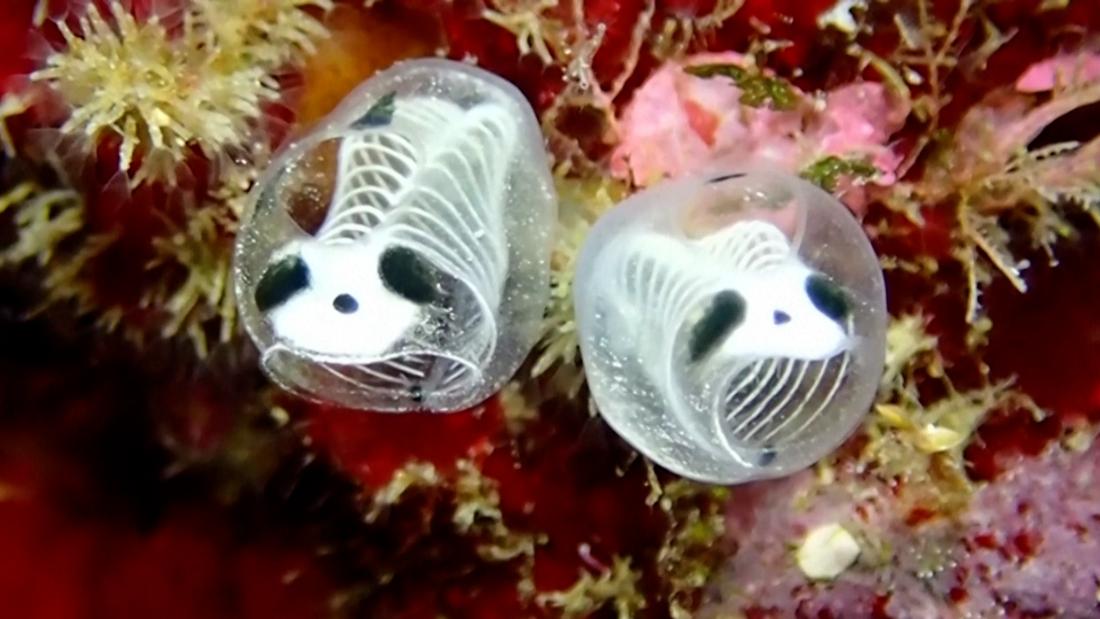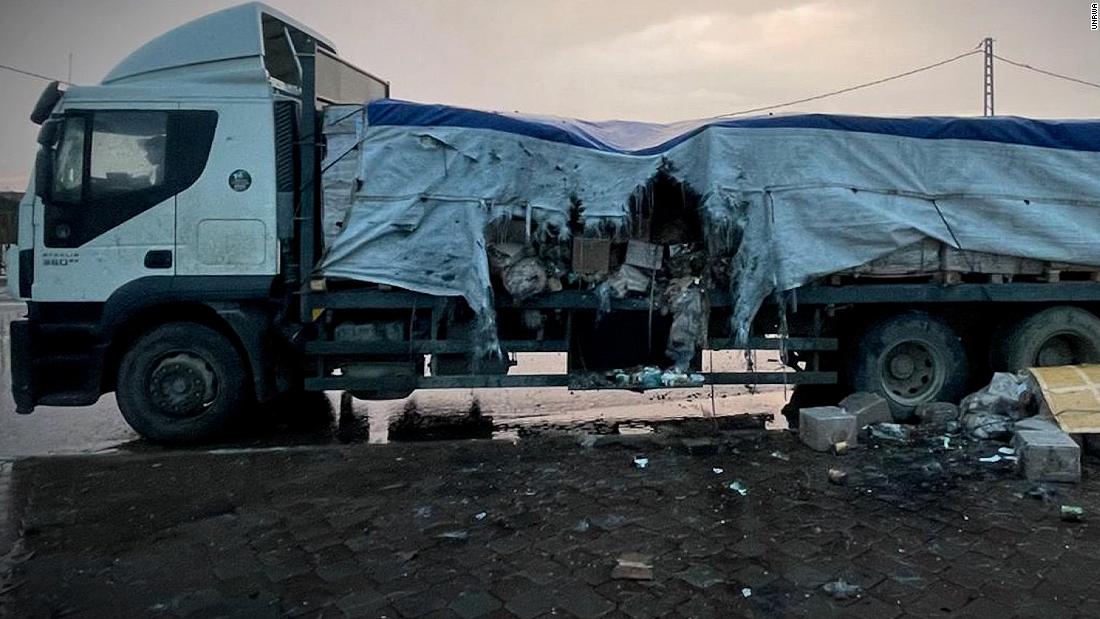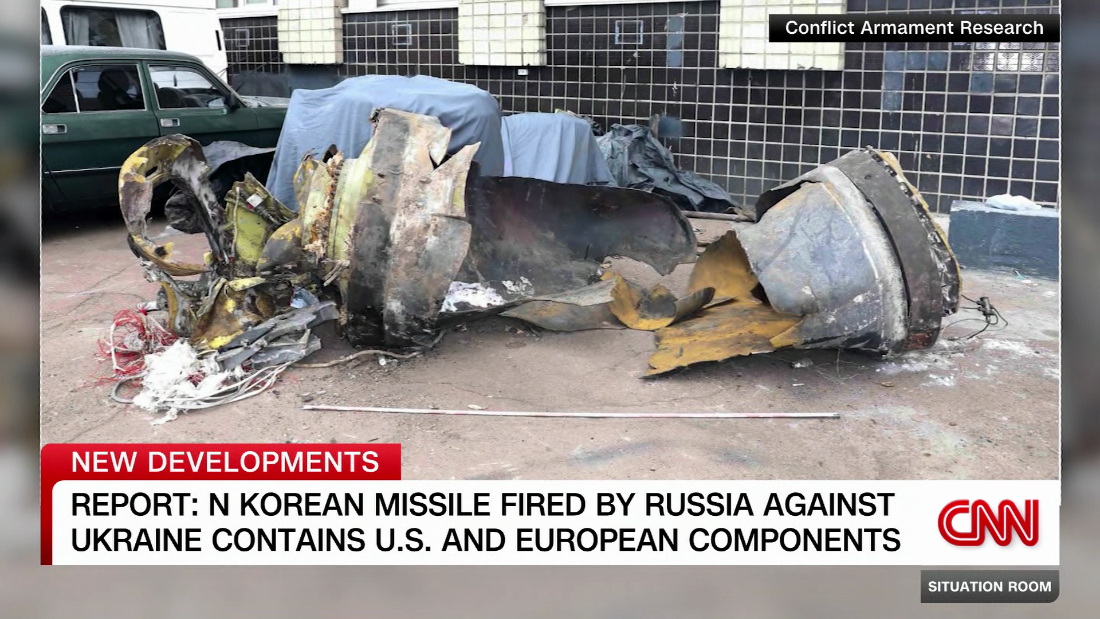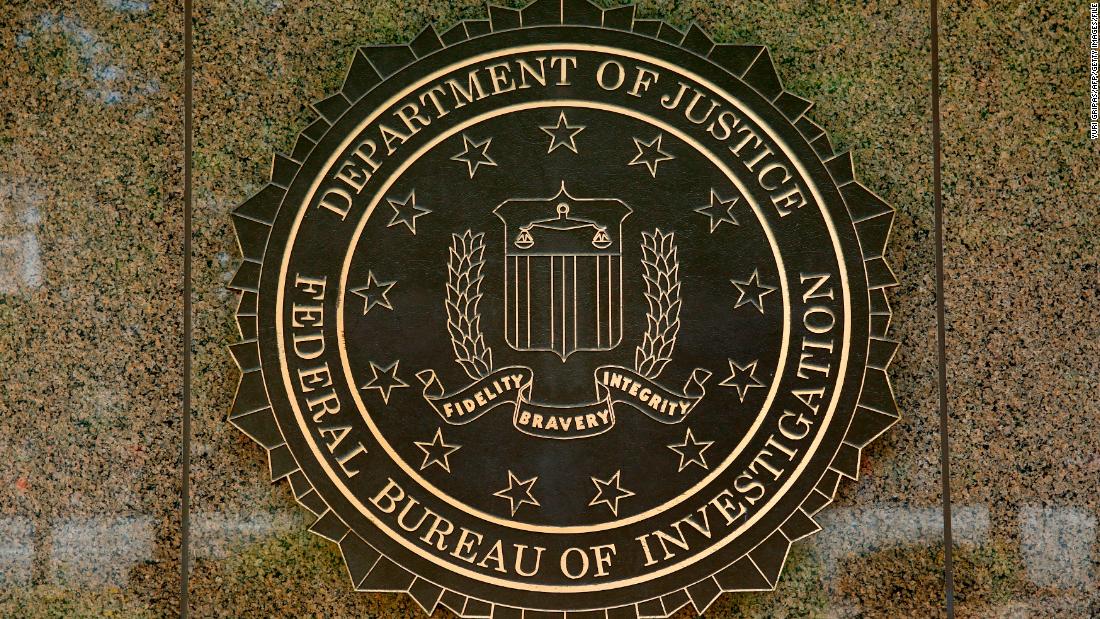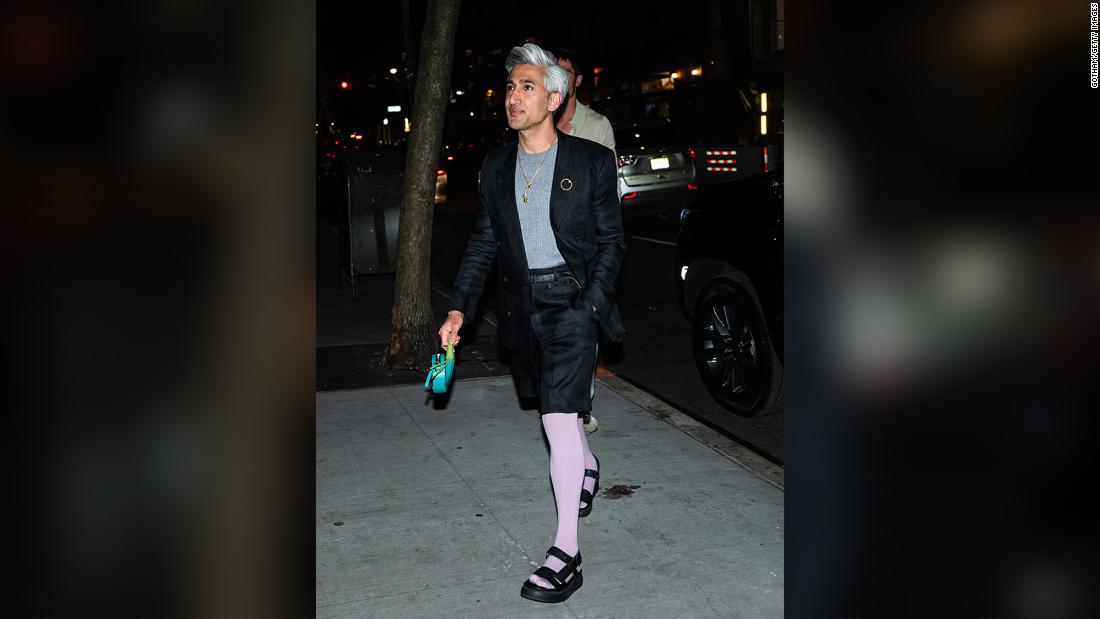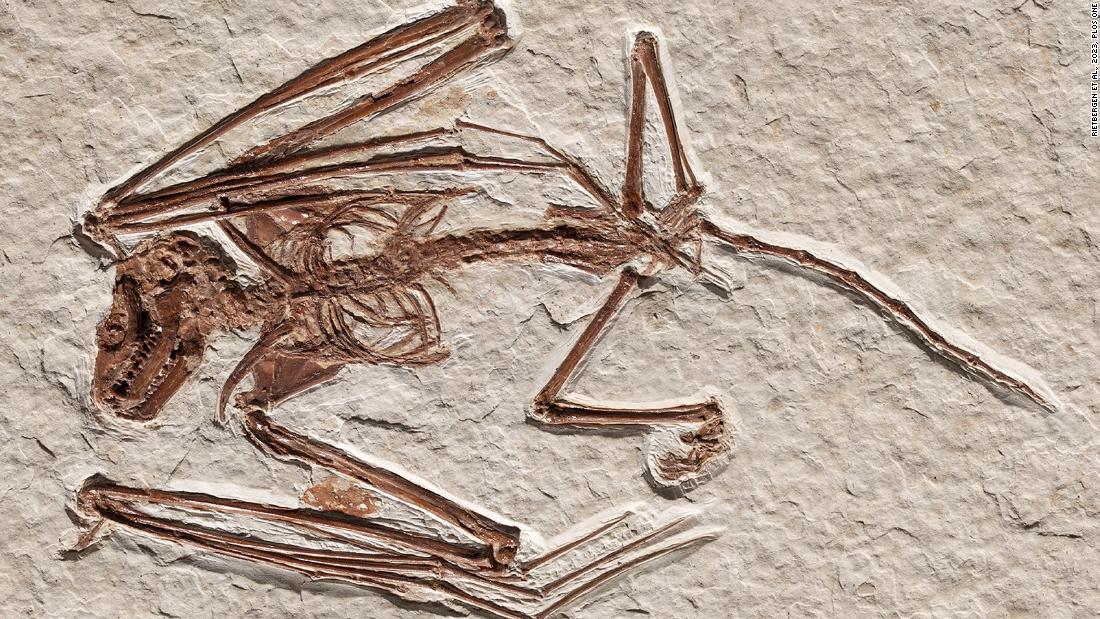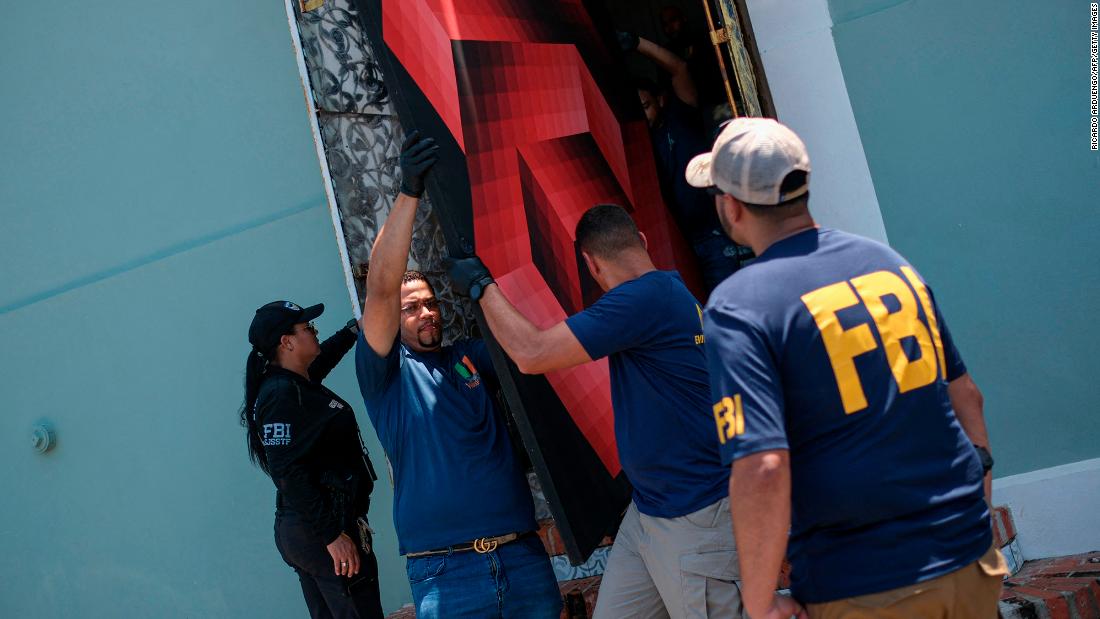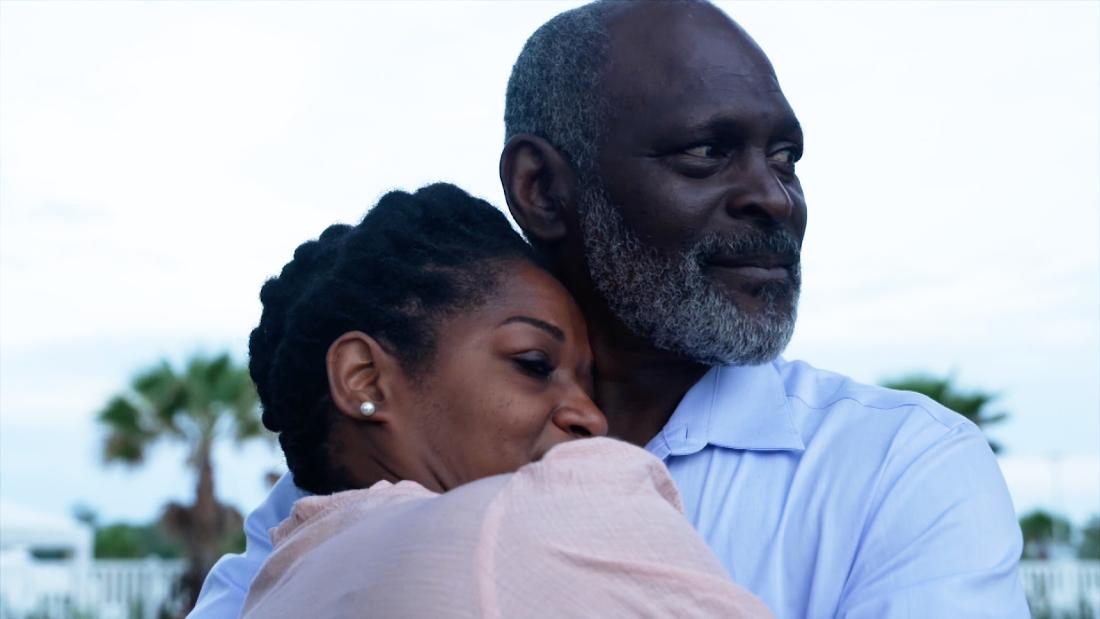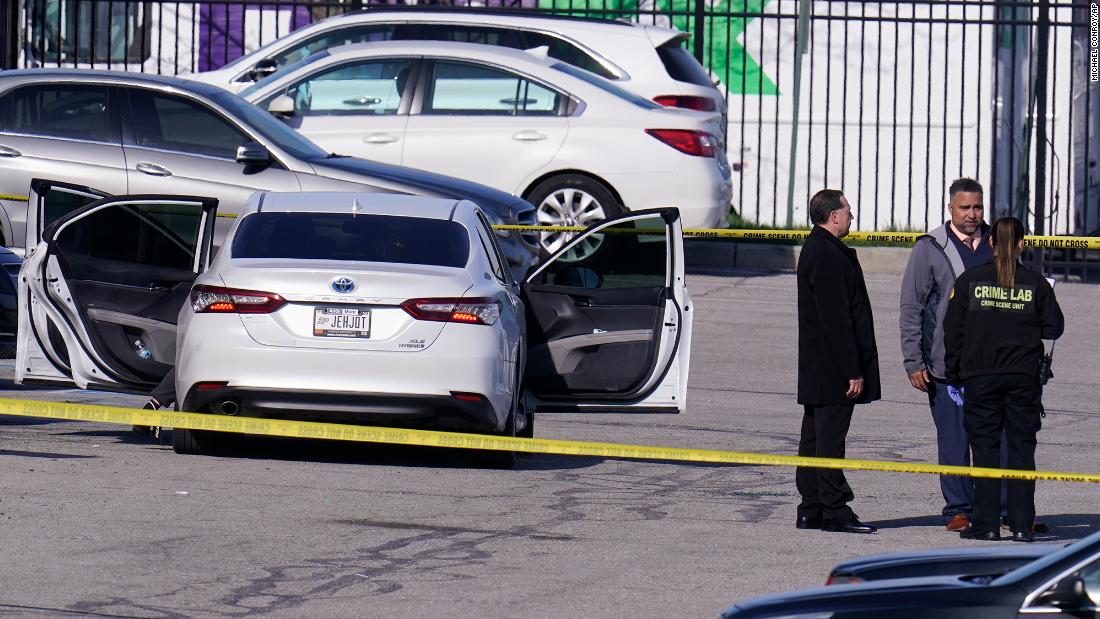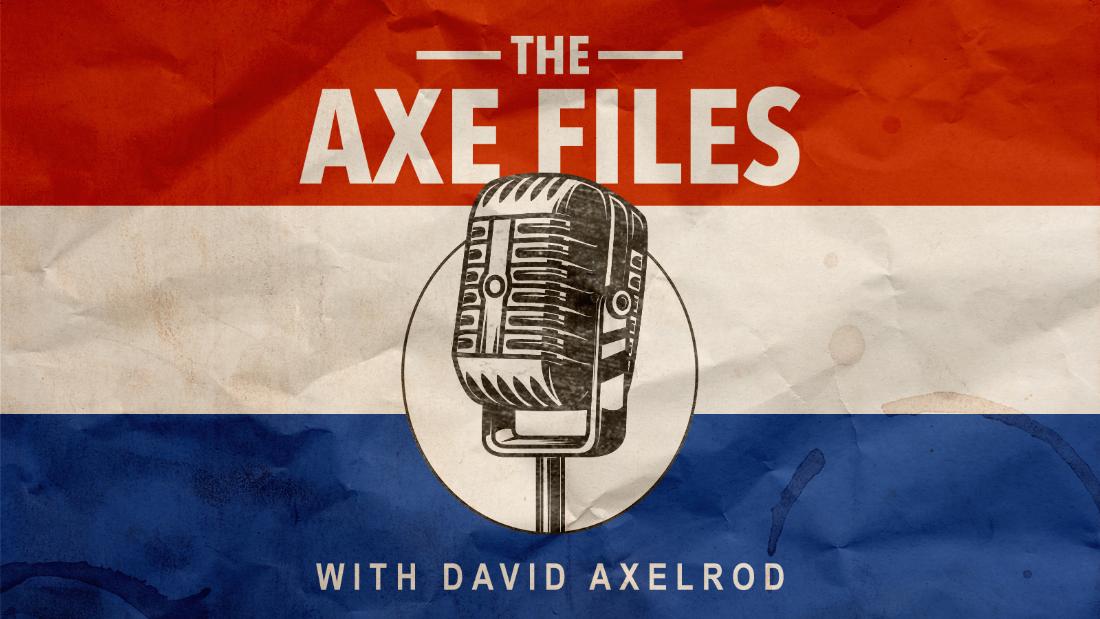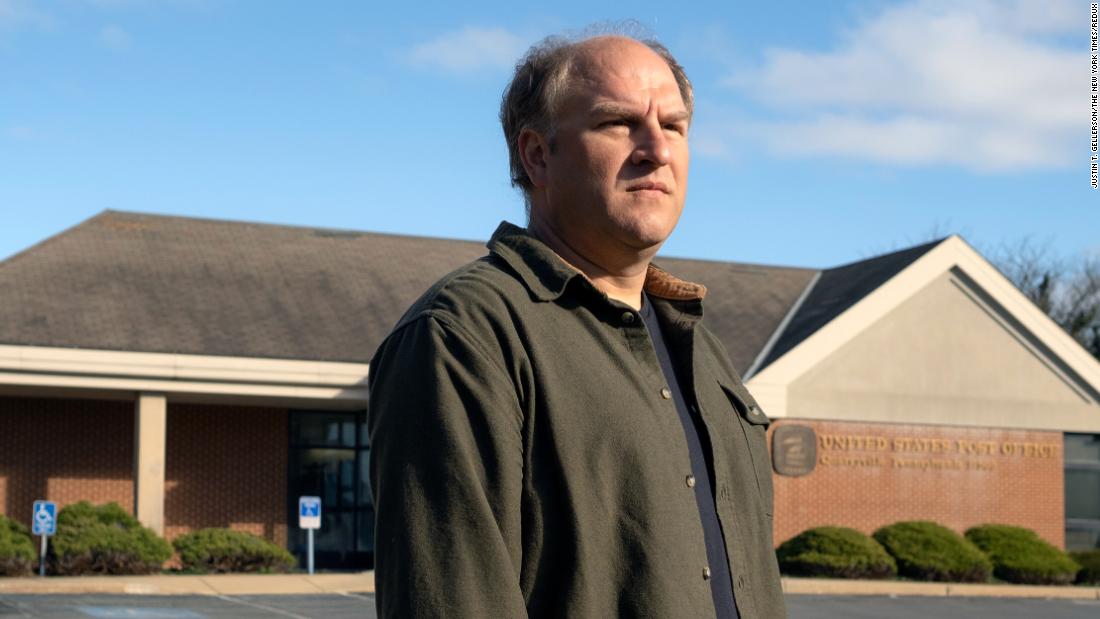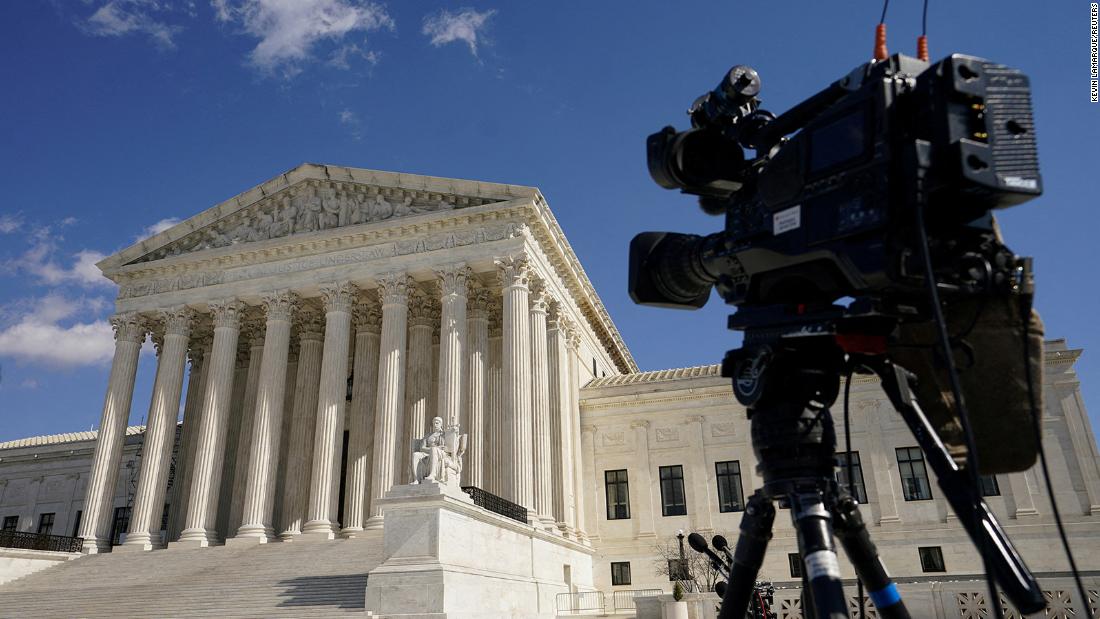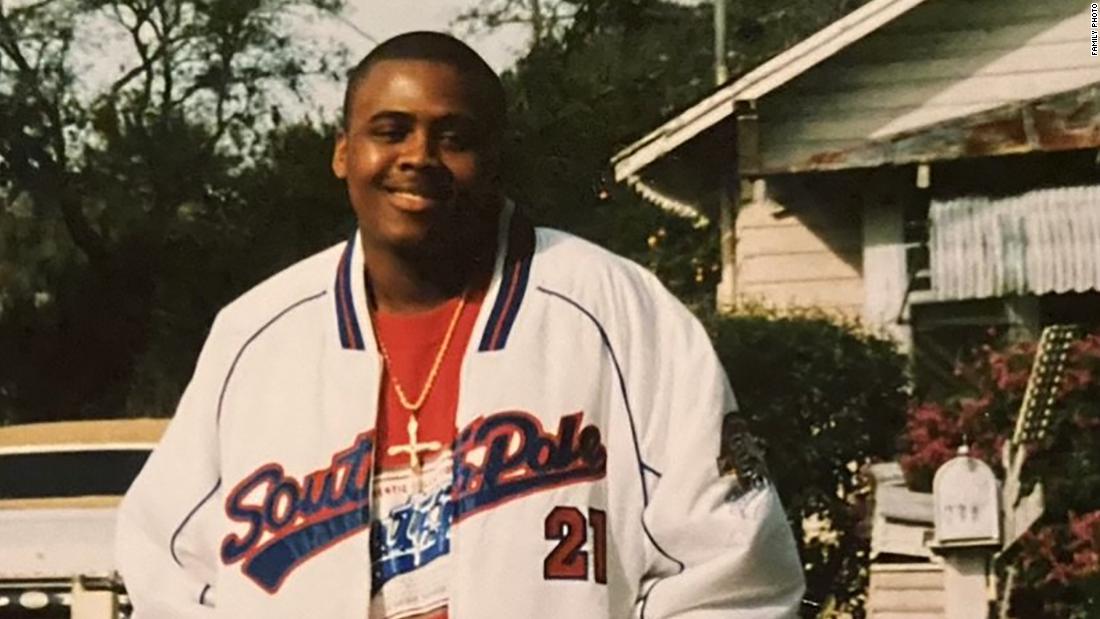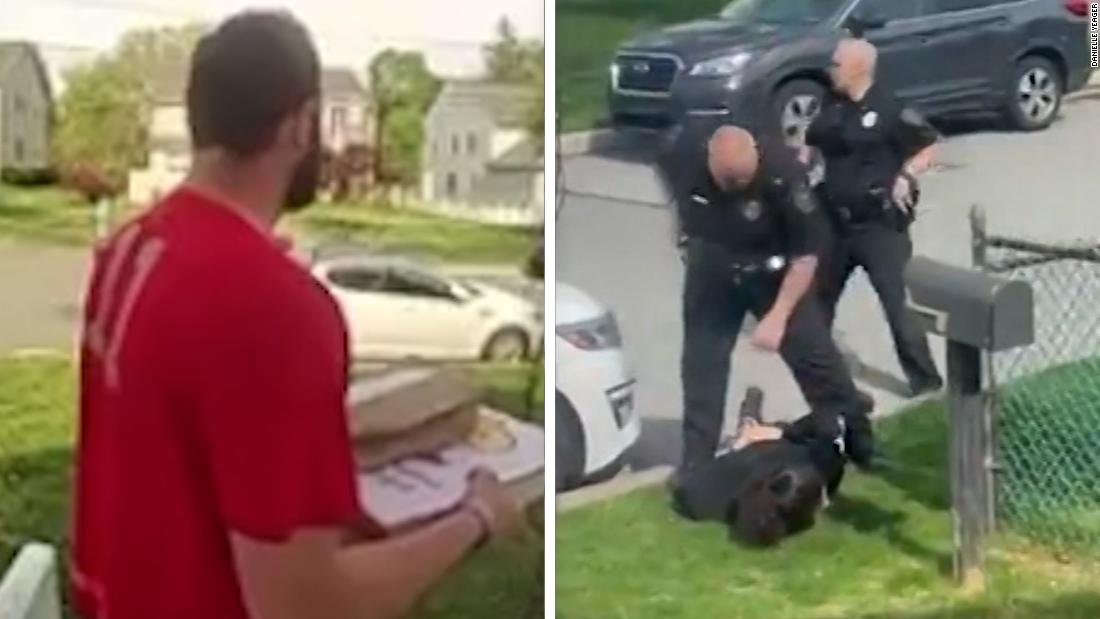STARING at three dead bodies blasted to pieces inside a Range Rover, Peter Theobald was unaware he’d stumbled upon “the most notorious crime scene in British history”.
The ‘Essex Boys murders‘ have captivated thousands of internet sleuths for decades, but now those who lived through the infamous gangland hit have revealed what they believe really happened – and thrown up fresh riddles in the mysterious case.
Andrew Styczynski – The SunPolice examining the Range Rover where three gangsters were found fatally shot dead[/caption]
PAEssex Boys murder victims Patrick Tate, Anthony Tucker and Craig Rolfe[/caption]
Louis WoodPeter Theobald, who found the bodies back in 1995[/caption]
From questions about the ‘blood splatter’ to claims the victims’ bodies had ‘frozen’ and a “shocking” police blackout, the 30-year-old massacre has lingered long in the minds of locals in sleepy Rettendon – even if they are desperate to forget.
When Peter and his gamekeeper Ken Jiggins found the blue Range Rover on December 6, 1995, while headed out to feed his farm’s 800 pheasants ahead of a game shoot, they presumed the three men inside had fallen asleep.
“They were parked in front of us, so my friend got out to ask them to move but they weren’t going to move… because they had been shot,” Peter, 74, tells The Sun.
“That’s how we found them. It was graphic, not the sort of thing you’d expect to find on a normal trip out… for the next few weeks it was just bedlam.”
The deceased were all gangsters known for peddling ecstasy at the height of the UK’s drug-fuelled rave scene in the 90s and it’s believed a drug deal row led to their Mafia movie-like murder.
Tony Tucker, 38, was the head of a security firm, who controlled the drugs trade in Essex nightclubs; Craig Rolfe, 26, was a violent cocaine addict, born in Holloway Prison; and Pat Tate, 37, was an 18-stone man-mountain found with heroin, coke, cannabis and steroids in his system when he died.
The criminals were lured to quiet Workhouse Lane, on White House Farm, which was owned by Peter and his brother Bill, where shotgun-wielding assassins ambushed them from the bushes in a “brutal gangland execution”.
Jack Whomes and Michael ‘Angel of Death’ Steele were jailed for life for the murders in 1998 after drug dealer turned supergrass ‘Fat Darren’ Nicholls claimed to have been their getaway driver.
However, the former BT engineer’s testimony, which was a key part of the case, followed the police investigation stalling and his arrest for being found with 10kg of weed in his van.
Appeal Court judges would later say Nicholls had a “corrupt” relationship with his Essex police handler.
More questions arose due to the career criminal killers always protesting their innocence and launching multiple appeals in spite of it leading to longer time behind bars – before their eventual releases in recent years.
GettyKiller Jack Whomes was released from prison in 2021[/caption]
PAFellow killer Michael Steele was only released this May after 27 years behind bars[/caption]
These details have fuelled a “morbid and macabre” obsession with the case that has led to hordes of true crime buffs visiting Rettendon and the Essex Boys murders site every year looking for answers – much to locals’ fury.
Online The Sun found 11 Facebook groups – one alone had 80,000 members – and scores of pages dedicated to reanalysing the case, discussing it and posing their own theories.
Filled with amateur internet sleuths determined to find out “the truth”, some host discussion events and one even had a 99p-per-month subscription option.
Standing beside what he quips is “probably the most photographed tree in the country”, Peter says: “Most people were quite shocked it happened here.”
“People wondered ‘why here?’ but really it’s ‘why not?’ I don’t think they chose this area particularly, it just happened to be where it was.
“We dealt with it and moved on. I know it probably sounds a bit cold but that’s what happened.” It was a one-off thing, it could have easily happened in any village, town or anywhere.”
‘It devastated the village’
While residents are desperate to move on, the Essex Boys murders have left an indelible stain on peaceful Rettendon and on the crisp snowy morning the bodies were found, many were terrified.
Val Ambrose, 74, says it “devastated the village” and that some locals moved out because of the killings.
“I think everybody was afraid in the village,” the retired admin worker says. “My mum, who’s now in her 90s, used to walk her dogs up the lane where it happened and it shook her up.
“She never used to lock her doors but after that they were always locked. She never felt safe after that because she felt she didn’t know who was around.
“There was talk that people didn’t want to go anywhere, especially at night, or walk around there on their own. A lot of people were scared and kept their children inside.
It wasn’t our crime. They weren’t even killed where they were found. They were dumped in this car
Hazel Dale-Evans
“Some kids weren’t allowed to play out after that and they definitely couldn’t after dark. It was a scary time.
“Some people moved out because of it. They couldn’t take the strain of it or they didn’t feel their kids were safe.”
Val recalls driving past the snow-coated crime scene early on in the day and later, she followed the tow-truck that removed the blood-splattered vehicle, which was covered with tarpaulin.
“You could only see the side of the wheels on the back of the truck, so nobody knew anything about it,” she says.
“Police wouldn’t tell anyone in the area what happened. It was only stories in the newspapers and seeing things on TV that helped us understand it was a gang assassination.”
Others, like retired Met Police officer Pat Meyn, 66, also recall the information blackout from investigating officers that left people “really shocked and scared”.
She drove past the murder scene twice, the latter time seeing the “media circus”, and says the only relief came once it was known that the victims “were part of a drug cartel”.
Pat is skeptical about the case’s conclusion, telling us: “I guess they were guilty, but yeah, I did have my own thoughts at the time.”
The blue Range Rover where Essex Boys members were found deadRex
Louis WoodVal Ambrose, 74, recalls locals being ‘scared’ after the killings[/caption]
‘Suspicious blood splatters’
Retired postmistress Hazel Dale-Evans, 82, had her own theories about the killings.
“We’re just an average rural community and it’s unfortunate that somebody decided to dump their bodies on us,” Hazel says.
“It wasn’t our crime. They weren’t even killed where they were found. They were dumped in this car.
“I believe that because one of the people who found them knows a lot about guns. He said it looked wrong. There wasn’t enough blood splatter in the right places for them to have been shot where they were.
“Obviously, they were thinking, ‘What shall we do with these blokes?’ We’ll put them on the local clay pigeon and skeet farm.
“Somebody had obviously been shooting with them at the farm before, so they knew where to put the bodies.” We’re like, ‘Really? Thanks very much. That’s not helpful to us at all’.”
‘The most notorious crime scene in British criminal history’
The Sun’s chief feature writer Oliver Harvey, who has investigated the case for years, says the Essex Boys Murders was a “massive, massive story” back in 1995 but now has a became an unparalleled fixation for true crime buffs.
“The story really shocked me at the time but now something about it captured the imagination and that’s very rare,” he says.
“With the huge question over the guilt of the men, who served decades in prison, it’s become a honeypot for amateur internet sleuths who feel compelled to come up with theories and visit where it happened to put themselves in the assassins’ shoes.
“It has now become the most notorious crime scene in British criminal history, even surpassing The Blind Beggar Pub, where The Kray Twins murdered a rival from The Richardsons gang.”
Oliver believes Steele, who was let out in this May after 27 years, and Whomes, released in 2021, were not guilty of the killings.
He adds: “Despite at least 13 feature films and many documentaries and books being spawned out of this story, the case has still got a hold on people.
“It has an intriguing mix of organised crime, drugs, ultra-violence and a contentious case all set in a quiet Essex village. It fascinated people back in 1995 and it’s still fascinating them now.”
Hazel claims the bodies “were frozen solid” upon discovery and “had to be taken to Woodham to be defrosted” so that they could be examined.
She pities the families of the deceased, and adds: “At least they were put somewhere where they could be identified and dealt with, rather than in pieces in a wood or something.
“That’s about the best thing I can think of really about it. But, I mean, you deal with crime at your own peril.”
‘Macabre tourist attraction’
Walking around the sleepy village of Rettendon, it’s peaceful and verdant with the autumn-blushed leaves.
The only disturbance is the pitter-patter noise of clay pigeon shooting that fills the air and speeding cars.
Louis WoodSun man Josh Saunders in front of the tree where the ecstasy dealers were found[/caption]
Film CompanyThe murder led to at least 13 films including Essex Boys starring Sean Bean[/caption]
Faced with a constant stream of ‘dark tourists’ desperate to visit the scene of the crime, the murders can prove a cagey topic with locals.
“I’m bloody fed up with it,” one gentleman furiously yells before slamming the door shut.
Retired photographer Tracy Gomez, 61, is glad Rettendon’s dark history lurks on a country lane rather than inside the village itself, as she fears some may have used it for financial gain.
“Some people would see it like a tourist attraction,” she says. “I’m glad it’s just a country lane – there’s a lot of flytipping there – rather than a visible landmark.
“Because people with macabre interests would go, ‘I want to visit that place to see where it all happened’. It’s annoying enough that it comes up when you Google Rettendon.”
Louis WoodHazel Dale-Evans and Diane Francombe long for the killings to be forgotten[/caption]
Louis WoodFormer Met Police Pat Meyn recalls the ‘media circus’ when the murders happened[/caption]
True honour
The case was the biggest news story in the country back in 1995 and spawned at least 13 films including one starring Sean Bean, countless documentaries and several books.
Instead of the murders, locals wish outsiders would focus on their charming church, “thriving cricket club”, stunning nature walks and The Living Memory Memorial – a 25-acre tribute to fallen military and emergency services, honouring more than 20,000 people.
The killings were an unfortunate blight on Rettendon but people like Peter are desperately trying to change that by running the Living Memory Memorial on the murder site.
It’s been running since 2008 and features more than 20,000 names of deceased military personnel dating back to World War 2 featuring the names, photos and stories of veterans.
They also honour fallen emergency services, who served in the forces, on the former cornfield and regularly attract school trips and ex-military who find the area “peaceful”.
“It’s a living museum, so it will always be growing,” Peter tells us, alongside his proud ex-RAF wife Fran, 70, who both run the charitable endeavour with their nephew.
“This is what we want Rettendon to be known for, not the Essex Boys murders. We’re trying to change the village’s perception and give it a positive spin.
“And we’re well on the way to doing that, from the feedback we get we’re gradually getting to a point where Rettendon is remembered now and it will live on long after us.”
Find out more about the Living Memory Memorial online and via their Facebook group here.
Supplied – The Living Memory MemorialThe Living Memory Memorial in Rettendon, a war memorial on the site of the Essex Boys Murders[/caption]
Supplied – The Living Memory MemorialThey have honoured more than 20,000 fallen military personnel and emergency services workers[/caption]
Supplied – The Living Memory MemorialA museum remembers those who sacrificed their lives for us[/caption]
Supplied – The Living Memory MemorialThe Living Memory Memorial also pays tributes to firefighters[/caption] Published: [#item_custom_pubDate]













